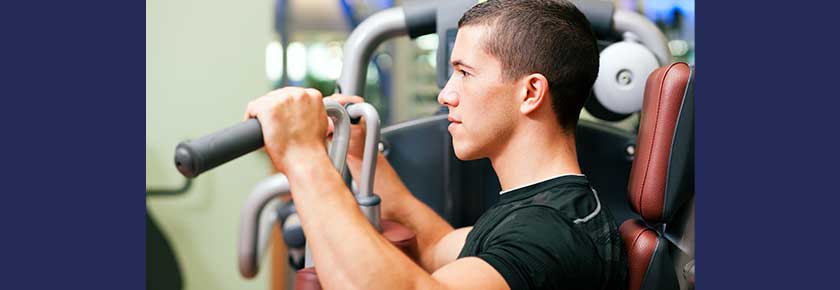Returning to exercise after lockdown
For many of us, the re-opening of the fitness facilities has meant an eager return to our pre-lockdown workout routines, whether that’s in the gym, pool, squash courts or classes. But is rushing back to what you used to do, good for you? We picked the brains of Sport & Fitness’ experts, Psychologist Christian and Fitness Instructor and Nutritionist Peter, to seek their advice on how to safely ease back into our exercise routine.
Christian Pszyk, Psychologist, says that when elite athletes return to training following injury, a break in the season or another change in circumstance, the key aspect of readjusting to the ‘new normal’ is the management of psychological and emotional expectations, and the same principle applies for anyone who is returning to training after a break.
Typically, our brains are programmed to try and attain our optimal or best performance, regardless of the context of the situation. So, when there are sub-optimal results, despite extenuating circumstances, it creates an automatic response of disappointment, potential dejection and demotivation as our innate experience is that we are always improving, and immune to setbacks.
In order to combat this, the key aspects to bear in mind are those of context and goals. Focusing on the context of your situation helps to create and maintain a realistic perspective, while setting out some simple short-term goals will support structure and the feeling of achievement while you slowly start to find your feet again and build up to your own optimal performance.
Peter Antonio, Fitness Instructor, also recognises that stepping back into the world of exercise after an extended period of time off can feel daunting. You may feel lost as to where to begin, or fear injuring yourself due to a few lazy evenings with no motivation, binging the latest Netflix series!
Fortunately there are ways to get moving again, and step into those running shoes, or in to the gym/pool, without hurting your ego or physical self.
Whatever your pre-Covid state was, know that if you are returning to exercise after being quite inactive, then it is unlikely that you are going to return to the same strength and fitness levels.
Knowing this ahead of time can help mitigate those fears that may come from being unable to swim as fast or lift as much weight, as well as reduce the chances of injuring yourself.
If you approach stepping back into exercise as a gradual process, initially reducing both the volume and intensity you were previously at, then this will allow the body and mind to return to top notch form within minimal risk of injury.
There is a bright, gleaming light not so far ahead which we all need to remember however… that the fitness and strength we once had will come back quicker this time round. You are not starting from zero again, so avoid thinking that all the work you have previously put in was a waste, as this is not the case.
Try to maintain consistency, use and speak to the professionals who work in your respective sport (lifeguards, gym instructors etc), and remind yourself of why you are doing this.
Our experts’ top tips: in summary:
- Focus on the context of your situation to help create and maintain a realistic perspective of your goals
- Accept that your fitness levels may have deteriorated and therefore don’t push yourself – work up gradually
- If you’re unsure, chat to the staff in Sport & Fitness to get their advice
- Remind yourself of your goal, and why you’re doing this!
We hope you have returned to exercise with us safely and confidently, and would love to hear your stories about getting back to the facilities after the break as well as any feedback, so please do let us know by completing the feedback form on the website, or emailing [email protected].





